Consumers are paying more and more for their drugs, and especially in the US. The US allows manufacturers to set their own prices for drugs, leading to overall medicine costs being higher than anywhere else. More and more, insurance companies are passing on these higher costs to consumers.
The nation spends over US$370 billion on prescription drugs, with spending rising faster than ever in the past 10 years. A recent Reuters’ analysis found huge price increases on drugs for several common ailments such as arthritis, cholesterol and asthma over the past five years. For four of the top 10 drugs, prices have more than doubled since 2011, with the rest rising by over 50%. As a result of these price hikes, 35 million Americans could not afford to get their prescriptions filled in 2015.
This may be a familiar discussion when it comes to patent-protected brand-name drugs, but it seems the price of generic drugs – which are produced when these patents expire – are rising too. A recent LA Times investigation found that many generic drugs have seen major price increases in recent years, despite intense competition.
Take Mylan’s EpiPen device for example, which is used to provide life-saving injections of epinephrine. This compound was first synthesised over a century ago and the patent expired many years ago, yet the cost of the device keeps rising. Since purchasing the EpiPen from Merck KGaA in 2007, Mylan has continually raised the wholesale price, from just US$94 for two devices in 2007 to over US$600 in 2016 [1] – despite the fact that the EpiPen delivers just US$1 worth of drug.
Although some analysts suggest the extreme price increases are due to a lack of competition, evidence suggests otherwise. French multinational Sanofi introduced its own automatic epinephrine injector in 2013 to compete with Mylan, yet charged exactly the same price (US$241 for a pack). The two companies continually raised their prices until Sanofi’s device was taken off the market in 2015, when both companies were charging around US$500.
Another example of a generic whose price is rising despite plenty of competition is ursodiol (ursodeoxycholic acid), which is used to break down small gallstones. A total of eight companies produce and market this drug, but this has not stopped its price rocketing.
Around two years ago, one capsule of ursodiol sold for less than 50 cents on the wholesale market. This changed in May 2014 when Philadelphia-based generics manufacturer Lannett Company Inc (Lannett) increased the price to US$5.10. Soon after, its competitors – including Epic Pharma, Teva Pharmaceuticals, Avkare Inc, Marlex Pharmaceuticals and Major Pharmaceuticals – did the same, with most charging almost exactly the same price.
The price of Lannett’s gallstone medications, including ursodiol, rose by over 900% in the 2015 financial year, adding over US$58 million to its sales. And ursodiol is not the only Lannett medicine experiencing huge price rises; price increases on a number of its drugs accounted for almost 40% of the company’s net sales in 2015. The company’s pricing practices are the subject of an investigation by the US Justice Department, which could be violating competition law.
These are just two illustrations of rising drug costs. According to the US Federal Health and Human Services Department, prescription drugs currently account for almost 17% of healthcare costs for Americans – a 10% increase since the 1990s.
The LA Times investigation found that eight of the 10 drugs with the biggest price increase in 2014 were generic medicines, which were produced by multiple manufacturers. This goes against the very idea of generics, which are meant to challenge branded prescription medications, increase competition and reduce prices.
It seems the problem is not a lack of competition, as in many cases the drugs are being produced by multiple manufacturers, nor complex manufacturing processes – as most generics are established drugs that we know how to make. Instead, some suggest the huge price hikes are to help pharmaceutical companies meet earnings per share targets or offset poor sales in other areas.
Whatever the cause, the problem needs to be addressed. Access to healthcare is a fundamental human right, yet many patients are unable to afford the medicines they need. Some suggest a solution to the price hikes could be increase regulation on pharmaceutical companies – in a similar manner to utilities companies – so that drug manufacturers can still obtain a good rate of return, but without extorting the consumer.
Related articles
Driving down drug prices: how regulators can influence affordability
Extortionate increases in prices of 32 drugs a result of loophole in NHS pricing structure
Reference
1. GaBI Online - Generics and Biosimilars Initiative. Senators continue to raise concerns over price of Mylan’s EpiPen [www.gabionline.net]. Mol, Belgium: Pro Pharma Communications International; [cited 2016 September 23]. Available from: www.gabionline.net/Generics/News/Senators-continue-to-raise-concerns-over-price-of-Mylan-s-EpiPen
Permission granted to reproduce for personal and non-commercial use only. All other reproduction, copy or reprinting of all or part of any ‘Content’ found on this website is strictly prohibited without the prior consent of the publisher. Contact the publisher to obtain permission before redistributing.
Copyright – Unless otherwise stated all contents of this website are © 2016 Pro Pharma Communications International. All Rights Reserved.








 0
0
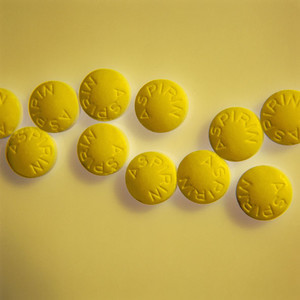

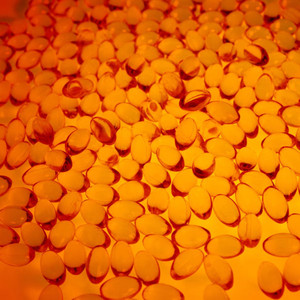
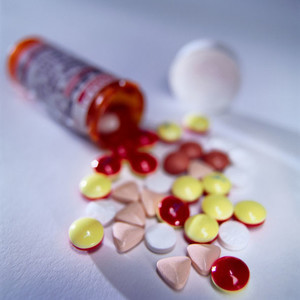
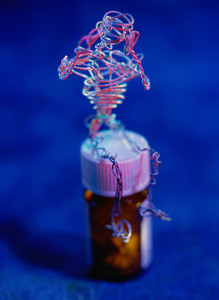
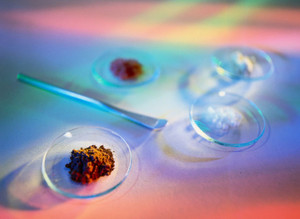





Post your comment